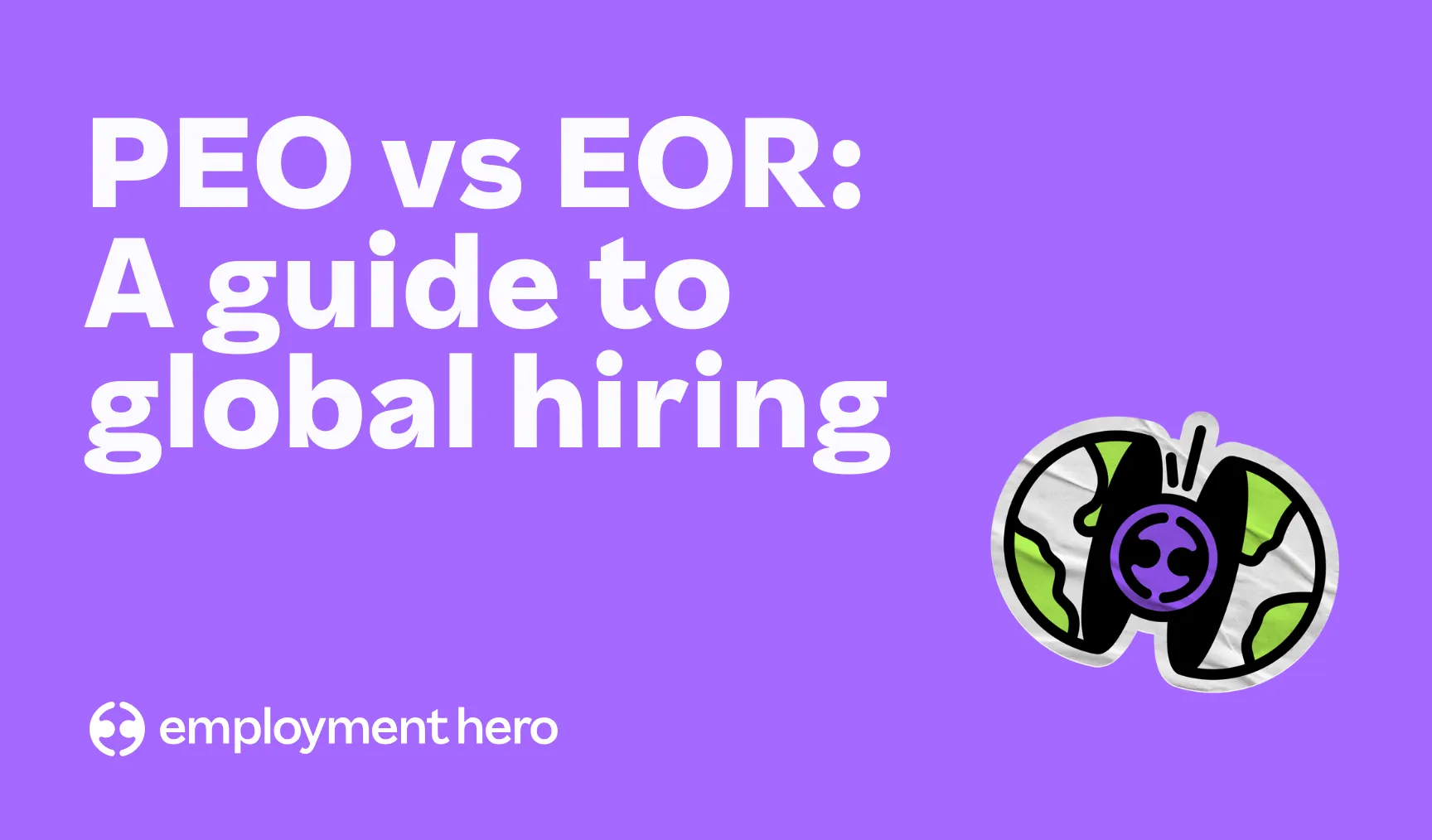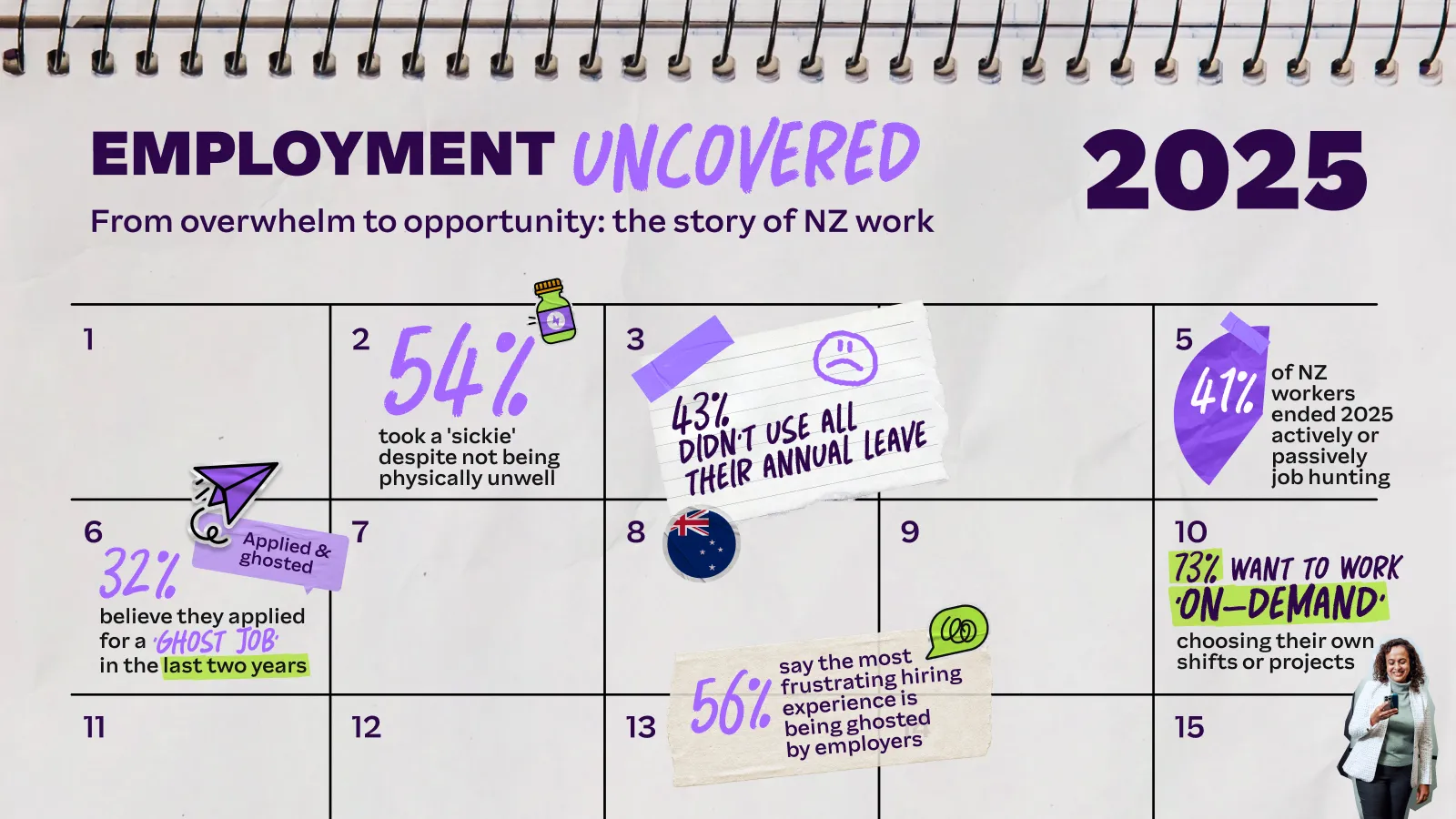Contractor or employee? The proposed gateway test
New Zealand employment law is complicated. A new gateway test could help businesses who are engaging contractors.

Contents
New Zealand employment law is complicated, and misinterpretation can lead to costly mistakes. One area where we often see disputes arise is in determining the true nature of a contractor relationship. Some businesses have misunderstood the requirements of a contractor relationship, leading to the contractor being officially defined as an employee who has been deprived of their minimum employment entitlements. In turn, these businesses have received hefty fines. Recently, we saw this in a Court of Appeal case (Labour Inspector v Southern Taxis limited) where four taxi drivers were believed to be employed by Southern Taxis as contract workers. Instead, the Court found that the taxi company exercised enough control over their work to classify them as employees. The result? Directors of the company were personally liable for a payment of almost $80,000 to cover unpaid wages, holidays and rest breaks. Luckily, there will be more clarity for business owners in the near future. The Employment Relations Act will be undergoing some changes to provide greater certainty around the definition of contract employment. This includes a gateway test that businesses can use when deciding whether they’re hiring someone as an employee or engaging them as a contractor. We’re here to explain what this means for you — business owners in New Zealand.
What has prompted these changes?
Back in 2022, a landmark ruling was made against Uber in New Zealand, stating that their drivers were classified as employees and not contractors. This followed a three-week hearing where four drivers made their case to the Employment Court. The ruling sent shockwaves throughout the New Zealand business community. Legal tests for contractors were already complex (see them in full below), and now they felt even more unwieldy. If companies like Uber could fall foul of the legal system, businesses became anxious that they too could be penalised for misinterpreting their employment relationships. It’s this uncertainty that has prompted the current proposed overhaul, which will narrow down the legal tests to a four-point gateway test.
What is in the gateway test?
On 15 September 2024, Workplace Relations and Safety Minister Brooke van Velden announced proposed changes to the Employment Relations Act to provide greater certainty for businesses and contractors. According to her statement: “The coalition Government has agreed to amending the Employment Relations Act to provide a gateway test that businesses can use when responding to a claim that a person is an employee and not a contractor. “If the working arrangement in question meets the four factors set out in the test, then the person is considered to be a contractor. If one or more of these factors are not met, then the existing test will apply.” The proposed criteria for the new gateway test is:
- A written agreement with the worker, specifying they are an independent contractor;
- The business does not restrict the worker from working for another business (including competitors);
- The business does not require the worker to be available to work on specific times of day or days, or for a minimum number of hours or the worker can sub-contract the work; and
- The business does not terminate the contract if the worker does not accept an additional task or engagement.
Once these changes are officially passed, business owners should ensure they’re ticking all four criteria when engaging someone as a contractor. This should give them the confidence that they’ve correctly met the required compliance terms for that specific employment relationship, and give them protection against claims of incorrectly engaging someone as a contractor instead of an employee.
When can we expect the changes to become law?
The new gateway test criteria is expected to be included in an Employment Relations Amendment Bill, which Workplace Relations Minister, Brooke van Velden, hopes to introduce in 2025. So stay tuned!
The current legislation around contractors
It’s notable that in her statement, MP van Velden specifies that the existing contractor vs employee test will apply, should the four criteria not be met. Ideally businesses should be able to just use the new gateway test when it is put into law, but if their employment relationship doesn’t meet all the new criteria, or if they are engaging contractors now, they should be aware of the legal tests that currently apply. The current legal tests are split into four categories, and they’re much more numerous and complicated than the new criteria being proposed. This is another reason why the new criteria will make defining a contractor so much easier for business leaders. To engage a contractor, business owners must currently meet the following legal tests in the Employment Relations Act:
1) Intention test
| Employee | Contractor | Example | |
| Employment agreement | Yes | No | A contractor does not need to have a written employment agreement, whereas an employee must have one. |
| Contract for services | No | Yes | A contractor has a ‘contract for services’, rather than an employment agreement. |
| Holiday pay | Yes | No | A contractor doesn’t get paid holidays. |
| Entitlements for working on public holidays | Yes | No | A contractor doesn’t get paid time-and-a-half for working on a public holiday or receive an alternative holiday (unless agreed). |
2) Control vs independence test
| Employee | Contractor | Example | |
| Control over work, time, location | No | Yes | An employee usually has little or no control over the work to be done. |
| Set hours | Yes | No | A contractor generally has more discretion about when and how much time is spent at work. |
| Control over their availability | No | Yes | A contractor generally has more control over their own availability to provide services. |
| Supervision and direction | Yes | No | A contractor has their own ‘plan’ of what work to do each day and which site to work at. |
3) Integration test
| Employee | Contractor | Example | |
| Works with own equipment | No | Yes | A contractor generally provides their own tools and specialist equipment. |
| Team integration | Yes | No | A contractor is less likely to be integrated into the team. |
| Paid by results | No | Yes | A contractor may be paid by results, instead of a set fee (eg. a builder paid by build progress). |
| Reimbursed for work-related expenses | Yes | No | For a contractor, expenses like travel and equipment hire form part of the costs of running their business. |
| Company uniform | Yes | No | A contractor would usually supply their own branded clothes. |
4) Fundamental/economic reality test
| Employee | Contractor | Example | |
| Fees | No | Yes | A contractor usually charges a fee for their services. |
| Minimum wage | Yes | No | A contractor can be paid whatever rate is agreed to. |
| Pays tax directly to IRD | No | Yes | A contractor generally pays their own tax directly to IRD. |
| GST registration | No | Yes | A contractor must register for GST if they are earning over $60,000. |
| ACC levies | No | Yes | A contractor is responsible for paying their own ACC levies. |
| Profit | No | Yes | A contractor is able to profit from their work. |
| Have employees do the work | No | Yes | A contractor can often get someone else to do the work instead of them, either by subcontracting the work or employing their own employees. |
| Financial risk | No | Yes | A contractor carries a financial risk. For example, they may not profit from a job if their costs exceed budget. |
| Mainly working for one entity. | Yes | No | A contractor may work for multiple principals at the same time. |
| Advertises for work | No | Yes | A contractor often advertises their own services. |
| Invoices | No | Yes | A contractor usually issues invoices setting out their fees or charges to get paid. |
Did you know you can manage your contractors easily with Employment Hero?
Employment Hero is here to help you manage all your HR records, regardless of whether they’re employees or independent contractors. You can issue all contractor documentation digitally to make sure your contractors know what their contractual obligations are, and the payment process they will need to follow. You can also have them sign all documents in-platform and send them reminders if they have any outstanding documents they have not yet acknowledged. With Employment Hero, you have the ability to control what features contractors have access to and store all of their information centrally on one single platform. It’s the easiest way to keep track of everything in one place, without any paperwork involved at all. To find out more, book a call with one of our team today.
Disclaimer: The information in this article is current as at 2 October 2024, and has been prepared by Employment Hero Pty Ltd (ABN 11 160 047 709) and its related bodies corporate (Employment Hero). The views expressed in this article are general information only, are provided in good faith to assist employers and their employees, and should not be relied on as professional advice. The Information is based on data supplied by third parties. While such data is believed to be accurate, it has not been independently verified and no warranties are given that it is complete, accurate, up to date or fit for the purpose for which it is required. Employment Hero does not accept responsibility for any inaccuracy in such data and is not liable for any loss or damages arising either directly or indirectly as a result of reliance on, use of or inability to use any information provided in this article.You should undertake your own research and to seek professional advice before making any decisions or relying on the information in this article.
Related Resources
-
 Read more: PEO vs. EOR: A guide to global hiring
Read more: PEO vs. EOR: A guide to global hiringPEO vs. EOR: A guide to global hiring
Learn the key differences between a PEO and an EOR. Discover why an EOR is the smarter, safer way to…
-
 Read more: How to build a global team without a local entity
Read more: How to build a global team without a local entityHow to build a global team without a local entity
Learn how to streamline your hiring and expand your NZ business globally with an Employer of Record (EOR) without the…
-
 Read more: Employment Uncovered: Inside the Story of New Zealand Work in 2025
Read more: Employment Uncovered: Inside the Story of New Zealand Work in 2025Employment Uncovered: Inside the Story of New Zealand Work in 2025
Inside the story of NZ work in 2025. From rising ‘sickies’ to hiring fatigue, see how Kiwi work patterns are…





















